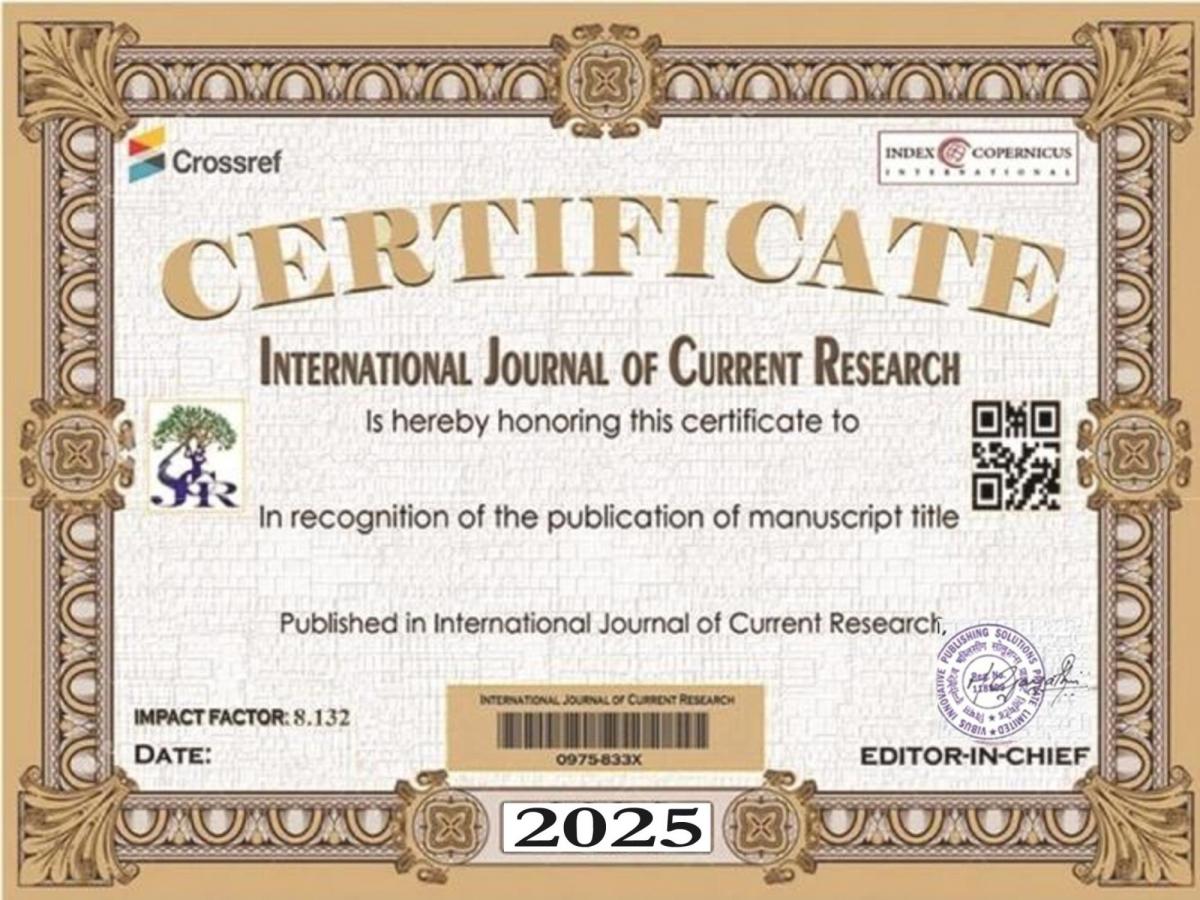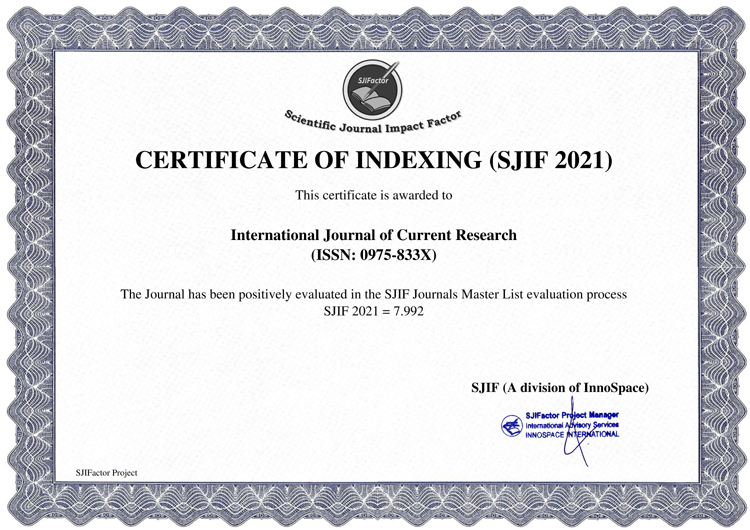Introduction: Ayurveda understands the human body as nourished by Srotas delicate channels that carry essential substances like Rasa (nutrients), Prana (air), and metabolic waste. Classical treatises like Charaka Samhita and Sushruta Samhita describe the anatomical and physiological functions of these channels. Contemporary physiology echoes this with microcirculation, consisting of arterioles, capillaries, venules, and lymphatics, which modulate tissue oxygenation, exchange of nutrients, and removal of wastes. This research endeavors to investigate the relationship between Ayurvedic Srotas and contemporary microvascular structures and to suggest an integrative model for pathophysiology of chronic disease. Methods: A comparative analytical methodology was employed. Root Ayurvedic books Charaka Samhita, Sushruta Samhita, and Ashtanga Hridaya were surveyed for accounts of Srotas and Srotodusti. Modern anatomical and physiological literature was searched in order to describe microcirculation and its disturbances. Analogies were charted between given Srotas and microvascular elements. Further, clinical studies assessing Ayurvedic treatments (e.g., Panchakarma, Rasayana) on circulatory variables were appraised. Results: Rasavaha Srotas mapped to capillaries and lymph channels, Pranavaha to pulmonary microcirculation, and Raktavaha to arterioles and venules. Srotodusti manifestations Sanga (obstruction), Siragranthi (dilation), and Vimarga Gamana (abnormal flow) corresponded with thrombotic events, microaneurysms, and arteriovenous shunts, respectively. Ayurvedic therapies like Virechana, Basti, and Rasayana herbs (Guduchi, Amalaki, etc.) showed enhancements in endothelial function and microvascular health. Discussion: The investigation proves a robust anatomical and functional relationship between microcirculation and Ayurvedic Srotas. Ayurvedic pathologies of Srotodusti resemble contemporary microvascular diseases. Combining Ayurvedic treatments with biomedical interventions can make management of chronic illnesses better by optimizing microvascular integrity and mitigating oxidative stress. Conclusion: Srotas and microcirculation are convergent paradigms of physiological transport and tissue viability. Integrating these paradigms supports a unified understanding and creates openings for integrative clinical studies in chronic disease prevention and treatment.





